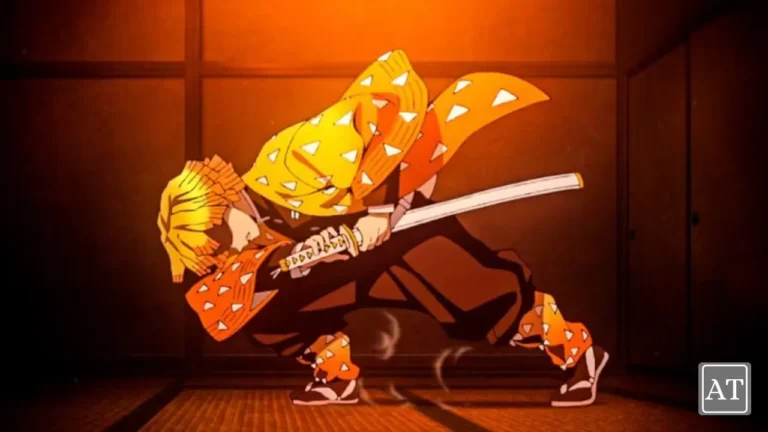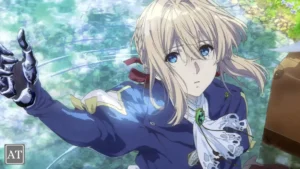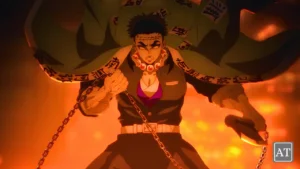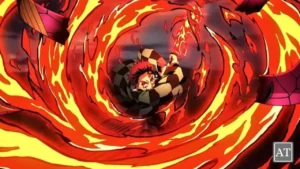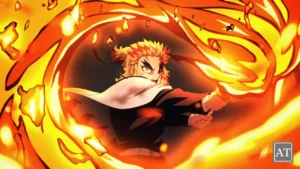Have you ever found yourself holding your breath during Zenitsu’s thunder-charged battles—heart racing, mind yelling “WHAT just happened?!”—only to rewind the scene three times because it was over faster than you could blink?
If so, you’re in the right place.
Whether you’re a steeped-in-lore superfan or a parent who just promised to sew a yellow haori for the next cosplay convention, this guide will make Thunder Breathing feel as clear and exciting as lightning in a night sky.
I’ll walk you through:
• The stormy origin of Thunder Breathing
• Every single form spelled out in plain English
• Science-ish explanations that won’t make your head explode
Grab your wooden katana—let’s spark some knowledge!
Why Breathing Styles Matter in Demon Slayer
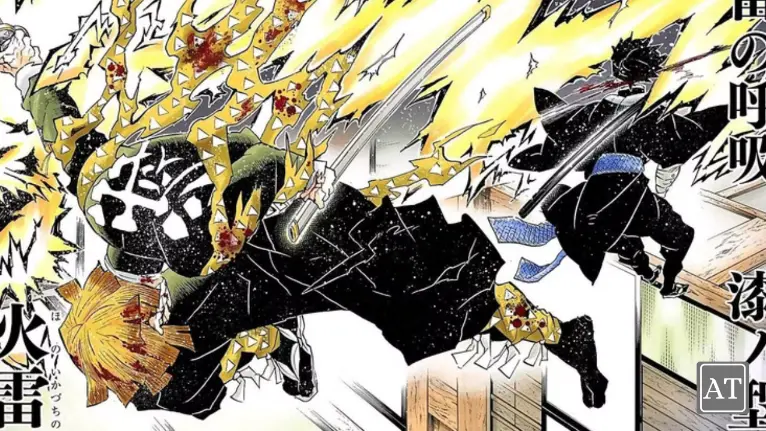
In the Demon Slayer universe, breathing styles aren’t just fancy sword tricks. They’re lifelines. When a swordsman masters a breathing style, they flood their muscles with oxygen, push their stamina beyond human limits, and imbue every strike with an element—like water, fire, or, in our case, the raw energy of a thunderstorm.
But here’s a secret:
We might not fight demons at 3 a.m., yet our breathing still shapes our day. Think of how you inhale deeply before a class presentation or exhale slowly to calm down after dropping your phone face-first on concrete. Breathing = power. Demon Slayer simply paints that truth in neon colors and awesome sound effects.
Origin of Thunder Breathing: A Stormy Backstory
Every style in Demon Slayer branches from the ancient Sun Breathing—the OG technique created by the first swordsman, Yoriichi Tsugikuni. As students adapted Sun Breathing to their physical quirks and personalities, sub-styles bloomed. One pupil watched raging thunderstorms and thought, “What if my blade moved like lightning?”—and Thunder Breathing was born.
Meet the Thunder Hashira of Old
Long before Zenitsu screamed his way into our hearts, the sword ranks boasted a legendary Thunder Hashira (Pillar) named Jigoro Kuwajima. Imagine a grandpa whose stern gaze could blink thunderstorms into submission—then soften into a proud grin when his pupils nailed a difficult form.
Jigoro carried the lightning torch, passing it to two apprentices: Kaigaku (whose path forked into the dark) and our favorite, yellow-clad worrier, Zenitsu Agatsuma.
Zenitsu’s Relatable Struggle with Fear & Self-Doubt
Let’s be honest: Zenitsu is loud, anxious, and occasionally dramatic enough to out-scream your little cousin on a sugar rush. He fears death so much he’ll cling to random strangers for “safety.” Yet, when unconscious, Zenitsu enters a serene zone where Thunder Breathing shines.
He reminds us that courage isn’t the absence of fear; it’s acting despite it. If Zenitsu can muster lightning bolts while literally asleep, maybe we can tackle math homework while fully awake.
All Six Thunder Breathing Forms
Picture each form as a LEGO piece. Alone, it’s cool. Snap them together, and you build a jaw-dropping lightning dragon.
Quick note: Anime and manga translations vary. I’m using the most common English names.
Form 1: Thunderclap and Flash (Ichi no kata – Hekireki Issen)
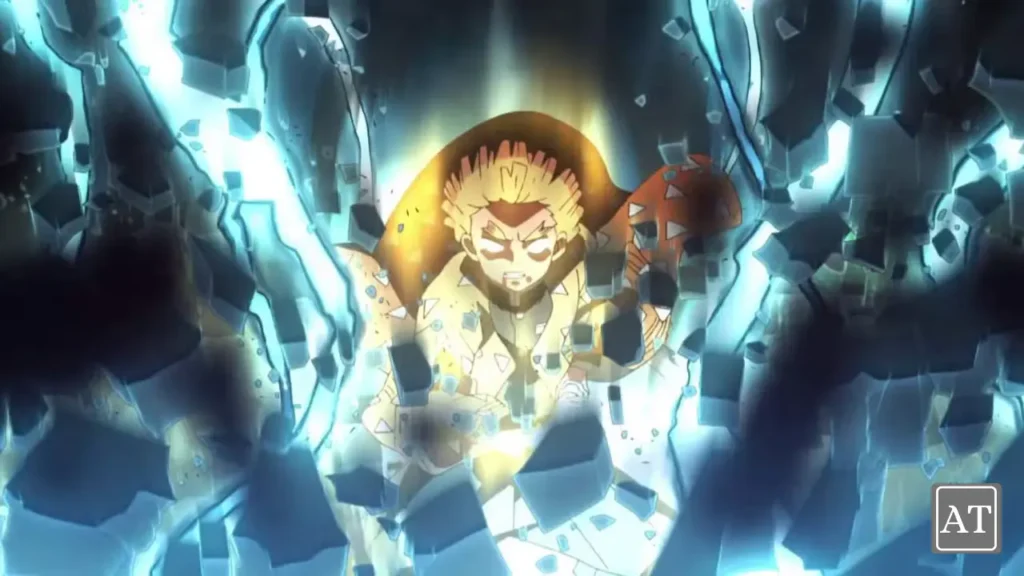
Speed in its purest form. The swordsman propels forward like a bolt, drawing and slashing in a single heartbeat.
• Analogy: Think of flicking a rubber band and watching it zip away.
• Fun fact: Zenitsu can execute this form sixfold and later eightfold, multiplying the dash’s speed and slashes.
Form 2: Rice Spirit (Ni no kata – Inadama)
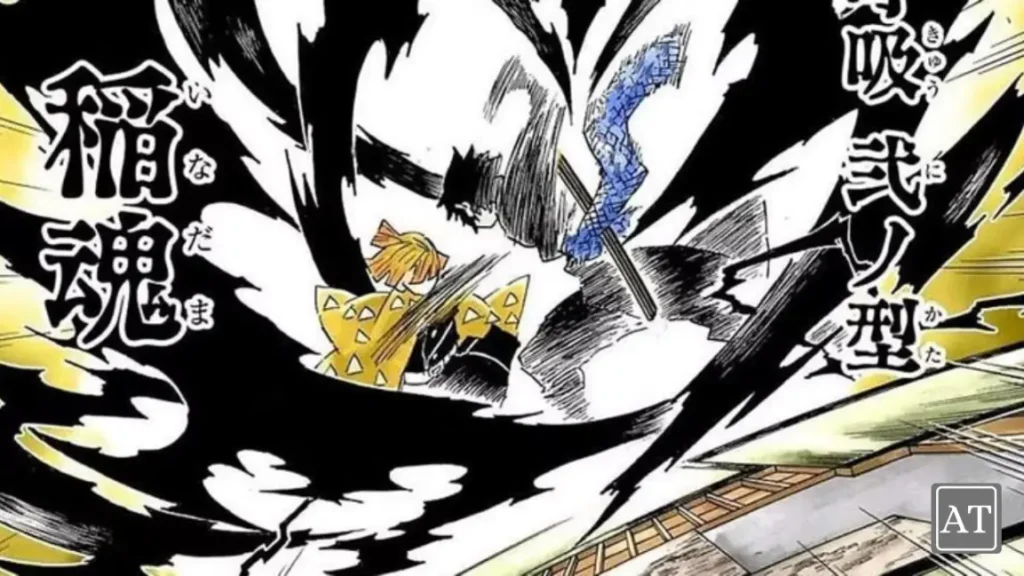
The user performs a series of rapid-fire thrusts that arc like shockwaves. Imagine striking multiple foes surrounding you in a tight circle—zap, zap, zap!
Form 3: Thunder Swarm (San no kata – Sandadan Tsuki)
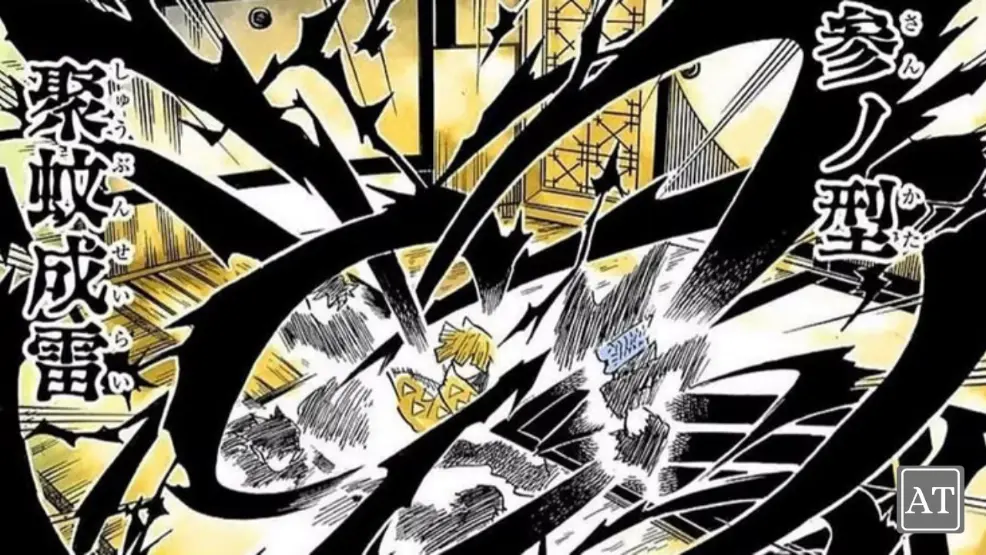
A forward-moving barrage of thrusts resembling a buzzing cloud of angry hornets. Perfect for pushing an enemy back while keeping the pressure on.
Form 4: Distant Thunder (Shi no kata – Enrai)
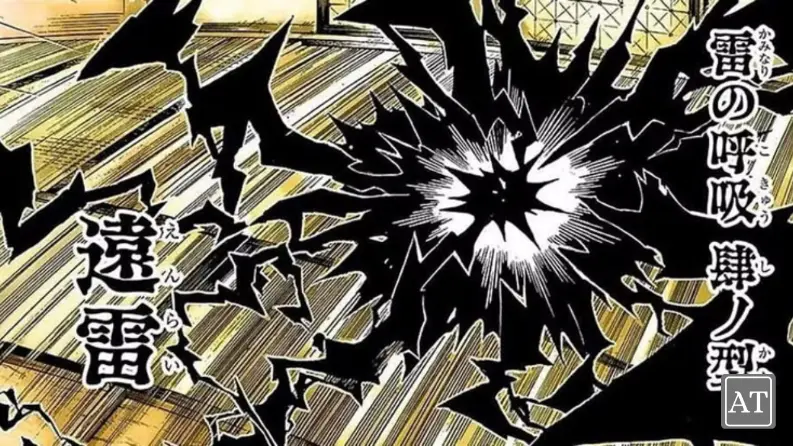
The swordsman charges power into the blade, then unleashes it in an outward strike, creating a thunderclap that can stun. Picture cracking a whip made of sound.
Form 5: Heat Lightning (Go no kata – Netsu Rai)
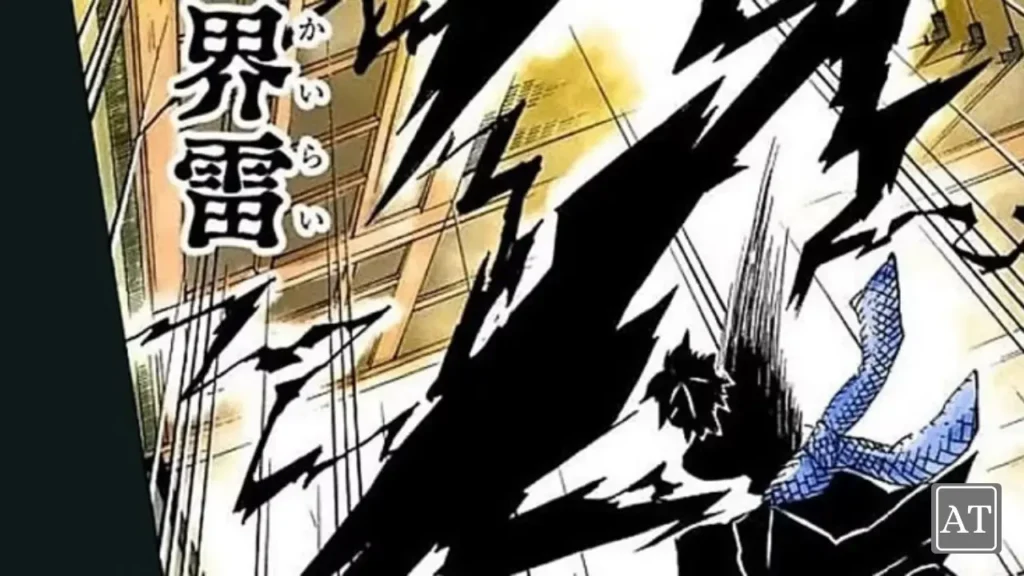
A diagonal slash launched from mid-air. It mimics those silent lightning flashes that illuminate summer nights without thunder. Sneaky yet dazzling.
Form 6: Rumble and Flash (Roku no kata – Dentso Raigeki)
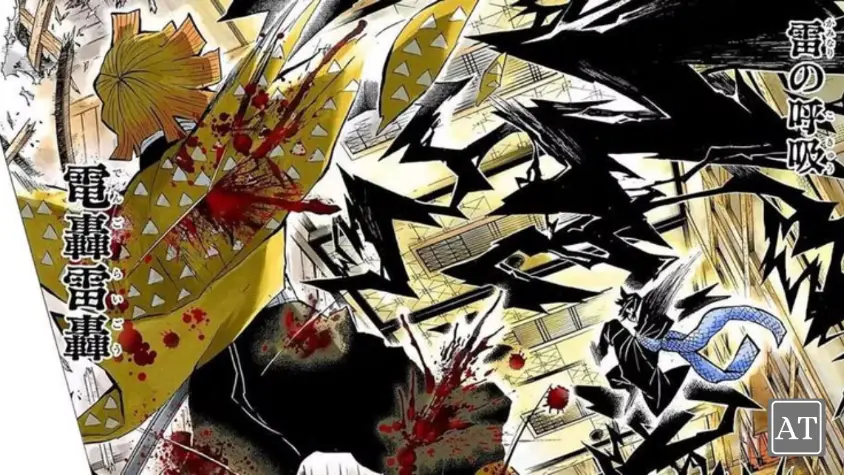
A spinning dash combined with a sweeping cut, forming a small cyclone of electricity. Imagine being inside a merry-go-round made of lightning.
How Thunder Breathing Works in Anime Physics (Simplified Science)
“Okay,” you might ask, “how can breathing make lightning?” Anime doesn’t always follow real-world rules, but we can use science as a friendly tour guide.
- Oxygen Boost – Deep, rhythmic breathing super-charges blood with oxygen, enhancing muscle output. Real athletes practice similar techniques.
- Electric Metaphor – In the show, swords hum with Nichirin ore, a special metal. By syncing breath and muscle contractions, the swordsman’s speed “breaks the sound barrier” visually portrayed as lightning streaks.
- Static Charge Visual – Rushing air plus quick movements can build static electricity. Turn that spark into a storytelling device, and voilà—your blade crackles.
Is it literal lightning? Probably not. Does it look awesome? Absolutely yes.
Final Sparks
Lightning is both beautiful and terrifying—a perfect mirror for human emotion. We fear failure like we fear thunder’s boom, yet we’re mesmerized by the bright streak that splits the sky. Thunder Breathing captures that duality. It tells the anxious kid in all of us: Your fear doesn’t dim your brilliance; it powers it.
Next time Zenitsu dashes across your screen, feel the static rise on your arms. Remember the countless breaths you’ll take today. Any one of them could be your own personal “Thunderclap & Flash”—a moment where you leap, act, and shine brilliantly, even if just for a second.
So, dear reader, what will you electrify today?
FAQ
Q: Is Thunder Breathing the fastest style in Demon Slayer?
A: Yes, it’s famed for top-tier speed, though individual skill matters.
Q: How many forms can Zenitsu use?
A: In canon, Zenitsu masters only the First Form but perfects it to multi-fold versions and even creates a personal Seventh Form in the manga.
Q: Does Thunder Breathing create real lightning?
A: No literal electricity; it’s a visual representation of extreme speed and air pressure in the story’s physics.
Q: Can anyone learn Thunder Breathing?
A: Within the anime, only swordsmen with specific training and lung capacity can. In real life, we can copy the breathing exercises for focus and fitness.
Q: Who taught Zenitsu?
A: Former Thunder Hashira, Jigoro Kuwajima, trained Zenitsu and Kaigaku.

